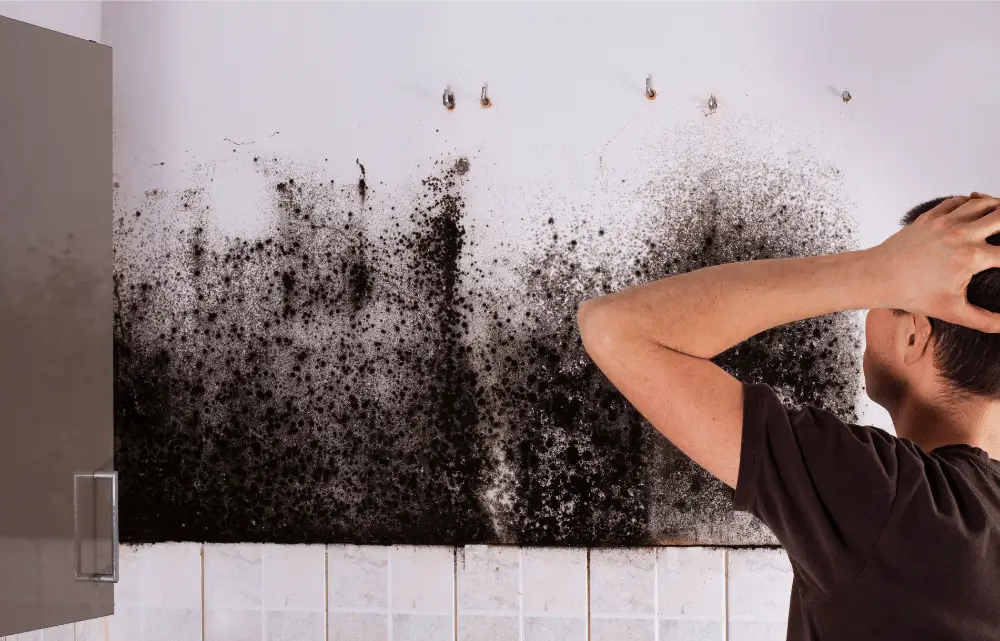
Your home is meant to be a haven—but sometimes, hidden dangers may be lurking in plain sight. From venomous creatures to toxic substances, certain unexpected encounters call for immediate caution, not DIY action.
This guide outlines several potentially hazardous home invaders that experts say you should never attempt to handle yourself. In these situations, the best advice is simple: Don’t touch. Get help.
1. Brown Recluse Spider (Loxosceles reclusa)

Not all spiders are harmful—but the brown recluse is one to steer clear of. Found in the Midwest and Southern U.S., these spiders hide in dark, quiet spaces like closets, crawlspaces, and behind stored items.
Spotting Tip: Look for a violin-shaped mark on the spider’s back. Bites are rare but can lead to serious tissue damage.
Expert Guidance:
The CDC notes that reactions vary from mild irritation to severe skin necrosis. Immediate medical care is advised if bitten.
What to Do:
-
Avoid trying to capture or squash the spider.
-
Call a licensed pest control service.
-
Seek medical attention if a bite occurs.
2. Coral Snake (Micrurus species)

Highly venomous but elusive, coral snakes live in warm, humid areas—especially in the Southeast. They’re often mistaken for harmless snakes due to similar coloring.
Key Warning: Don’t rely on visual identification. Red, yellow, and black banded snakes can look nearly identical across species.
Expert Advice:
According to the Florida Museum of Natural History, coral snake bites are rare but require urgent treatment due to their powerful neurotoxic venom.
What to Do:
-
Keep your distance and do not handle any snake indoors or outside.
-
Contact wildlife control immediately.
-
If bitten, go to the emergency room without delay.
3. Black Mold (Stachybotrys chartarum)
Often hidden behind walls or ceilings, black mold thrives in damp environments like post-flood basements or leaky bathrooms. It may appear as dark, patchy growths and carry a musty odor.
Health Risks: It can trigger respiratory issues, especially for people with asthma, allergies, or weakened immune systems.
What the EPA Says:
Mold exposure can cause symptoms ranging from coughing and sneezing to chronic respiratory distress, particularly in sensitive individuals.
What to Do:
-
Don’t try to scrub or bleach the area yourself.
-
Hire a certified mold remediation expert.
-
Fix the moisture source to prevent recurrence.
4. Unidentified or Suspicious Packages
Though rare, reports of unusual packages left at doorsteps or mailboxes have occurred. These can pose a threat if they contain hazardous materials or tampered components.
Red Flags: No return address, excessive postage, strange odors, stains, or wires.
Expert Guidance:
The U.S. Postal Inspection Service urges the public to treat any suspicious package with extreme caution.
What to Do:
-
Do not handle or move the package.
-
Evacuate the area and keep others clear.
-
Contact local police or the postal inspection unit.
Why You Should Never Take Risks
Many home hazards may seem minor at first glance—but underestimating them can result in injury or serious health consequences. Whether it’s a toxic mold patch, a hidden spider, or an unfamiliar package, intervening without professional knowledge can make things worse.
Avoid:
-
DIY pest or mold removal
-
Touching wildlife
-
Opening unfamiliar items
What You Should Do Instead
✅ Remain calm
✅ Step away from the hazard
✅ Notify trained professionals
✅ Protect others in the area
Conclusion: Safety First, Always
It’s easy to dismiss an odd spider, a wet wall, or an unusual package. But staying alert to danger signs can protect your health and your home. If you’re unsure what you’re dealing with—don’t take chances.
Your golden rule?
If it seems dangerous, don’t touch—just call in the pros.
By being cautious and informed, you’re taking the most important step in keeping your living space safe for yourself and everyone around you.